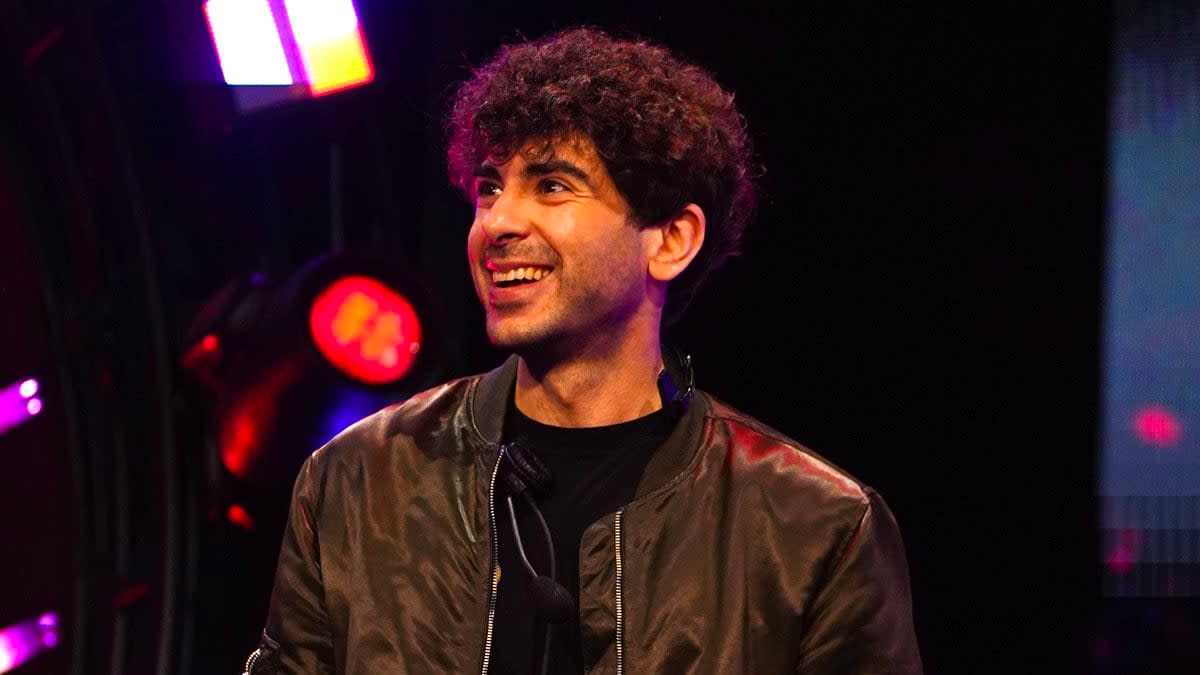
Speaking to GV Wire, AEW President Tony Khan addressed the criticism of AEW running larger venues despite not drawing the size of an attendance that the venue can host.
All Elite Wrestling often runs an arena in the markets they visit, which can seat anywhere from 10,000 to 20,000 fans. Despite this, the average attendance is anywhere between 2,000 and 5,000 fans for most of their TV tapings (excluding pay-per-view events). “TK” said,
“It depends on the market and the time. A lot of times, those arenas have a lot of big advantages like email lists and marketing and they are a destination venue for shows. It depends on the market and the timing. Certainly, bigger arenas do have a lot of advantages. They have a lot of sale contacts and really good marketing resources.”
All Elite Wrestling (AEW) has faced criticism for running larger venues despite not drawing the size of an attendance that the venue can host. AEW President Tony Khan recently addressed this criticism in an interview with GV Wire.
AEW is known for running arenas in the markets they visit, which can seat anywhere from 10,000 to 20,000 fans. However, the average attendance for most of their TV tapings (excluding pay-per-view events) is only between 2,000 and 5,000 fans. This has led to questions about why AEW chooses to book larger venues when they could potentially fill smaller ones more easily.
Tony Khan explained that the decision to run larger venues depends on the market and timing. He mentioned that these bigger arenas often have advantages such as established email lists and marketing resources. They are also destination venues for shows, attracting a larger audience due to their reputation and accessibility.
The advantages of running larger venues include having more sales contacts and better marketing resources. These arenas are well-equipped to handle large-scale events and have established relationships with promoters and ticketing platforms. This can lead to increased visibility and promotion for AEW’s shows, ultimately attracting a larger audience.
Khan emphasized that the decision to book larger venues is not taken lightly. AEW evaluates each market and considers factors such as demand, fan base, and the potential for growth. While the average attendance may not fill the entire venue, it allows for future expansion and growth as AEW continues to establish itself as a major player in the professional wrestling industry.
It’s important to note that AEW’s strategy is not solely focused on filling every seat in the venue. They prioritize creating an engaging and exciting atmosphere for both the live audience and viewers at home. By running larger venues, AEW aims to provide a grand spectacle that showcases their talent and production value.
Critics may argue that running smaller venues would create a more intimate and energetic atmosphere. However, AEW’s decision to run larger venues is driven by their long-term vision and ambition. They are focused on building a sustainable brand and expanding their fan base, even if it means not filling every seat in the arena.
In conclusion, AEW President Tony Khan addressed the criticism of running larger venues despite not drawing the size of an attendance that the venue can host. He explained that the decision is based on various factors such as market advantages, marketing resources, and potential for growth. By booking larger venues, AEW aims to create a grand spectacle and attract a larger audience, contributing to their long-term success in the professional wrestling industry.
